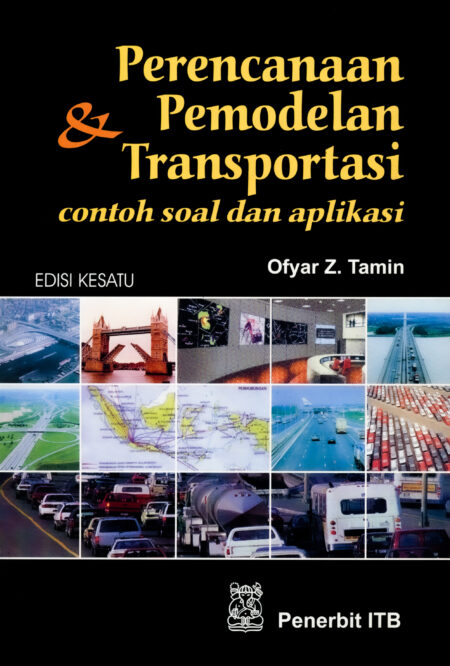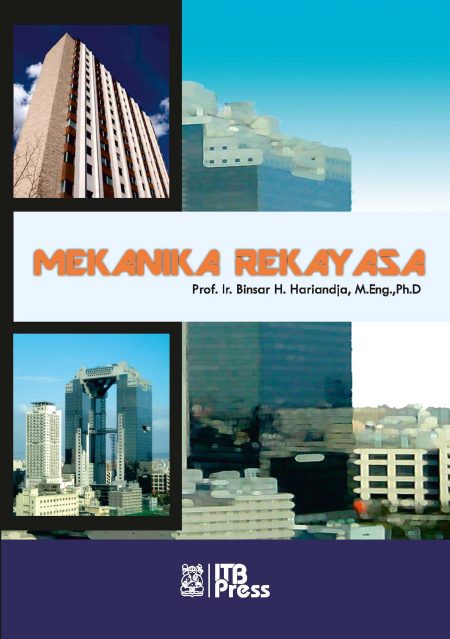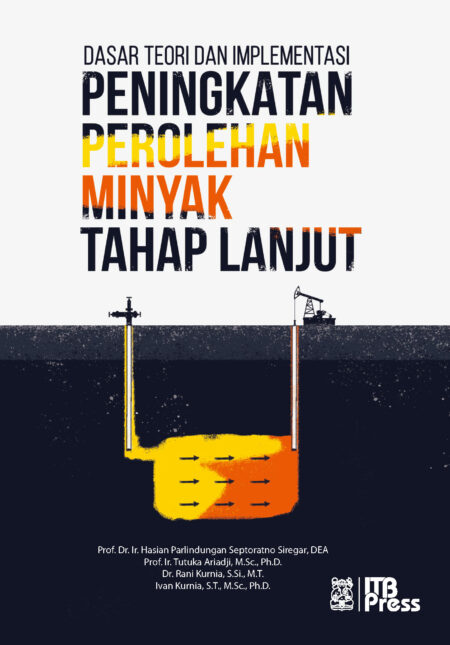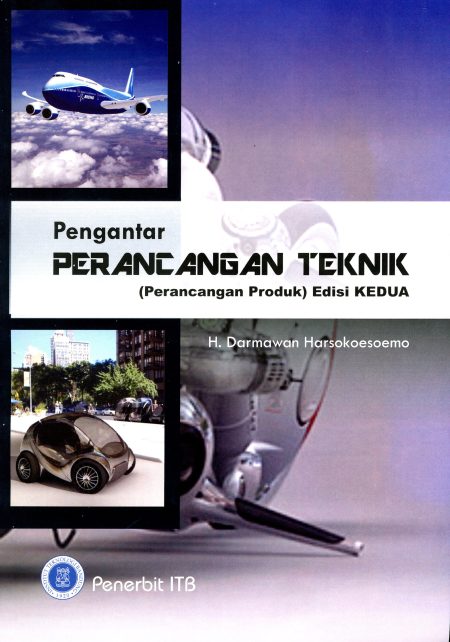Description
Indonesia is prone to geological and hydro-meteorological hazards due to its location on the Pacific Ring of Fire, the convergence of three tectonic plates, and an equatorial tropical archipelago. According to 1815–2015 data from the Indonesia Disaster Information Data, most of the disasters in Indonesia are caused by hydrometeorology hazards, and the rest are geological hazards. Indonesia’s experiences in disaster occurrences, both geological and hydro-meteorological, caused significant human casualties, environmental and infrastructure damage, economic losses, as well as psychological effects. The destructive 2004 Indian Ocean tsunami is one disaster occurrence that caused huge impacts in all the economic sectors of Indonesia, a reduction in national GDP growth, and affected housing and small to medium enterprises.
The 2004 event has become a wake-up call for the Indonesian government to develop the Indonesia Tsunami Early Warning System (InaTEWS). Indonesia has taken several initiatives to complement the warning system, including mainstreaming disaster risk reduction initiatives into urban plans. Urban planning in Indonesia integrates land and coastal zone plans by considering protected areas in the mid-term development plan, including disaster-prone areas. In the urban plan, the development of disaster-prone areas is regulated by specific rules targeting risk reduction.
In 2020, Indonesia also faced the challenge of the COVID-19 pandemic. This unprecedented global health crisis had a profound impact on the nation, affecting the lives of millions of people and challenging the resilience of our healthcare system. The population density in Indonesia increases the transmission rate of COVID-19. Despite vaccination efforts, the impact of COVID-19 remains significant, particularly in densely populated areas such as Java Island. Overall, Indonesia’s spatial planning must consider a range of natural and health-related disasters to mitigate their impact on the population and economy. The book provides a comprehensive description of natural disasters and the COVID-19 pandemic situation in Indonesia, as well as national and local practices for preparedness planning associated with integrated, systemic risks and actions during the COVID-19 pandemic in Indonesia. The book also explores national practices for mainstreaming multi-hazard preparedness into urban planning in Indonesia, aiming to build resilience and reduce vulnerability in urban areas. Furthermore, a case study of integrating pandemics, tsunami, and other multi-hazard preparedness into early warning and urban planning in specific regions offers practical insights for similar challenges. The book provides valuable insights for policymakers, practitioners, and researchers in disaster risk reduction, urban planning, and public health, with potential implications for global efforts to enhance preparedness for complex, interconnected risks posed by natural hazards and global pandemic.














Reviews
There are no reviews yet.